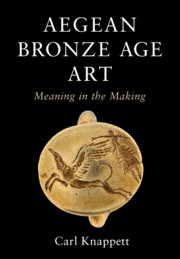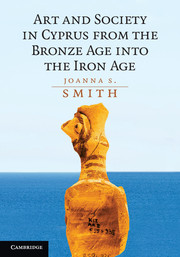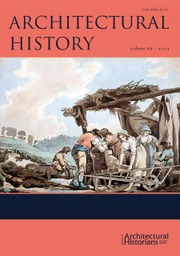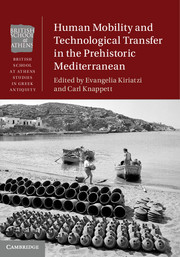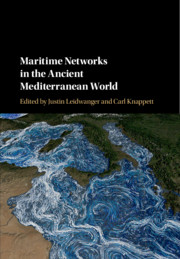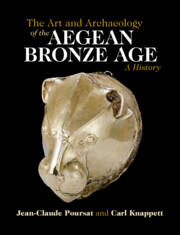Aegean Bronze Age Art
How do we interpret ancient art created before written texts? Scholars usually put ancient art into conversation with ancient texts in order to interpret its meaning. But for earlier periods without texts, such as in the Bronze Age Aegean, this method is redundant. Using cutting-edge theory from art history, archaeology, and anthropology, Carl Knappett offers a new approach to this problem by identifying distinct actions - such as modelling, combining, and imprinting - whereby meaning is scaffolded through the materials themselves. By showing how these actions work in the context of specific bodies of material, Knappett brings to life the fascinating art of Minoan Crete and surrounding areas in novel ways. With a special focus on how creativity manifests itself in these processes, he makes an argument for not just how creativity emerges through specific material engagements but also why creativity might be especially valued at particular moments.
- Introduces a new framework for the study of protohistoric art and embeds it within broader theoretical currents
- Includes five case study chapters that offer an original set of methods for addressing visual and material culture processually, in close connection to ancient artifacts from the Aegean
- Contains an abundant color ilustration program that provides rich visual material in support of the arguments
Product details
June 2020Adobe eBook Reader
9781108587358
0 pages
89 b/w illus. 1 map
This ISBN is for an eBook version which is distributed on our behalf by a third party.
Table of Contents
- 1. Theorising 'meaning in the making'
- 2. Modeling
- 3. Imprinting
- 4. Combining
- 5. Containing
- 6. Fragmenting
- 7. Meaning on the move? Mobility and creativity.

